Lestenės brolių kapinės, memorialinė ekspozicija ir bunkeris
Muziejus
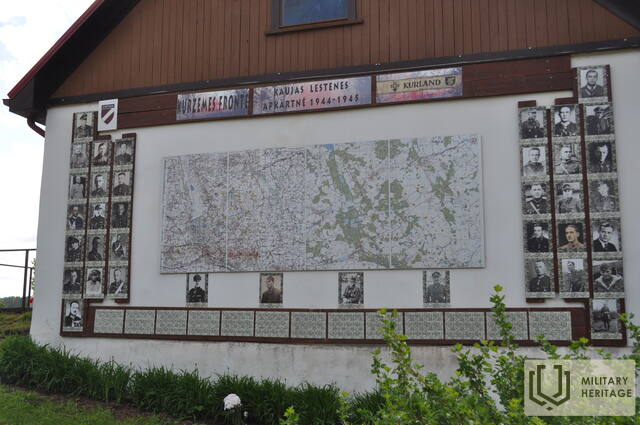

Lestenės brolių kapinės yra Tukumo savivaldybėje, Lestenėje, šalia Lestenės bažnyčios. Brolių kapinių Lestenėje statyba pradėta 1998 m. Tai antros pagal dydį karinės kapinės Latvijoje, jose palaidota daugiau nei 1300 Latvijos legionierių. Tik atgavus nepriklausomybę atsirado galimybė perlaidoti Antrojo pasaulinio karo metu žuvusius Latvijos kareivius. Latvijos legionas buvo Vokietijos armijos kovinis dalinys, sudarytas daugiausia iš nelegaliai pašauktų latvių. Kareiviai savo buvimą legione laikė kažkuo, ką reikia padaryti norint atkurti Latvijos nepriklausomybę, nepaisant to, kad jie tarnavo Vokietijos ginkluotosiose pajėgose ir kad Vokietija buvo okupavusi Latviją. Latvijos legionieriai kovojo prieš Raudonąją armiją, kuri sunaikino Latvijos nepriklausomybę ir jos armiją bei vykdė nusikaltimus prieš civilius gyventojus. Vokietijos armijos gretose kovojo nuo 110 000 iki 115 000 kareivių, o apie 30 000–50 000 iš jų niekada nepaliko mūšio lauko. Brolių kapinių pagrindinę temą „Tėvynė – Motina – Latvija“ sukūrė skulptorė Arta Dumpė. Kitoje kelio pusėje, buvusiame smuklėje, įrengta ekspozicija, skirta Latvijos legiono istorijai. Šalia jos Latvijos karininkų asociacijos vyrai, vadovaujami kapitono Jānio Slaidinio, pastatė požeminį bunkerį, kuriame parodyta, kaip kareiviai ir karininkai gyveno fronto linijose.
Panaudoti šaltiniai ir literatūra:
Silgailis, A. Latvijos legionas. Ryga: Valmieros spaustuvė 2006.
Oficiali Dauguvos Vanagi centrinės valdybos svetainė. Prieiga per internetą: https://www.dvcv.lv/lestene/ [Žiūrėta: 2021-02-19].
https://www.visittukums.lv/lv/Ko-skatit/Muzeji-kolekcijas-un-izstazu-telpas/Bunkurs (žiūrėta 2021-10-19)
Jūsų komentarai
Oficiali Dauguvos Vanagų centrinės valdybos svetainė dabar yra: https://dvcv.org.lv/kurzemes-lielkaujas-un-lestenes-bralu-kapi
Susijusi laiko juosta
Susijusios temos
Susijusi istorija
Mūšiai Kuršo tvirtovėje netoli Lestenės
Pasakotojas aprašo savo įspūdžius apie mūšius Lestenės apylinkėse ir Latvijos 19-osios divizijos vaidmenį mūšiuose.
Latvijos legiono 42-ojo pulko kuopos vado Vernerio Preijerio prisiminimai apie Kuršo mūšius.
Kuršo tvirtovė buvo suformuota po Rygos žlugimo 1944 m. spalio 13 d. ir Rusijos proveržio į Kaliforniją spalio 10 d., taip nutraukiant sausumos eismą su Vokietija.
"Kasti geriau nei laidoti!"
Armijų grupės „Kurlandas“ įsakymas yra: „Statykite ir statykite!“ Tai užduotis kiekvienam užnugario fronto kareiviui. Tai geriausiai apibūdina žodis: „Geriau kasti, negu laidoti!“




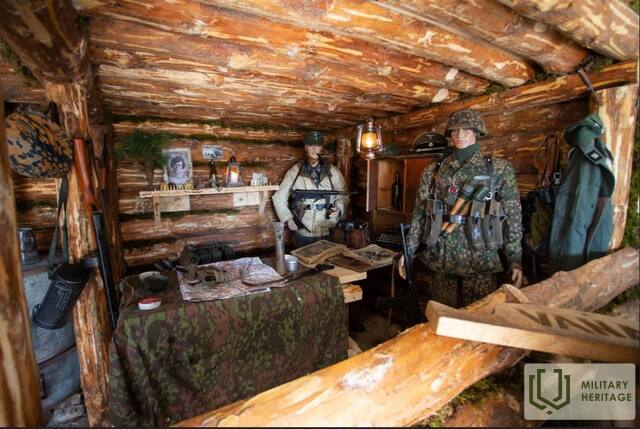
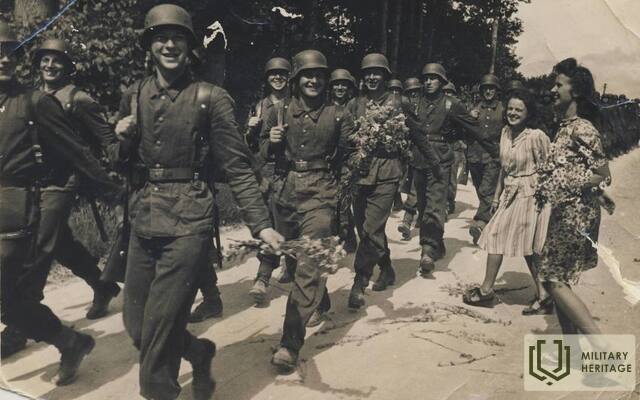
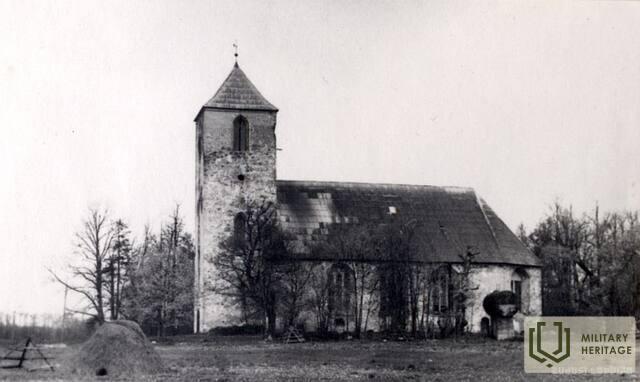
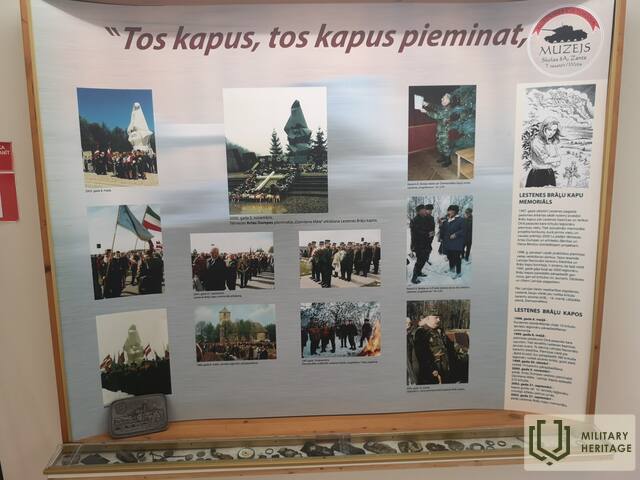
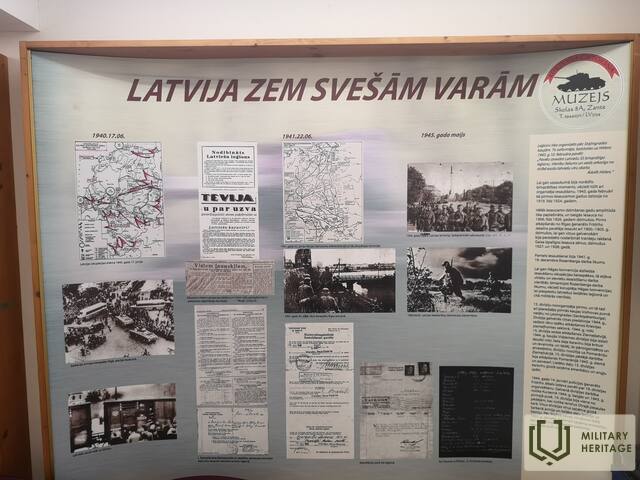
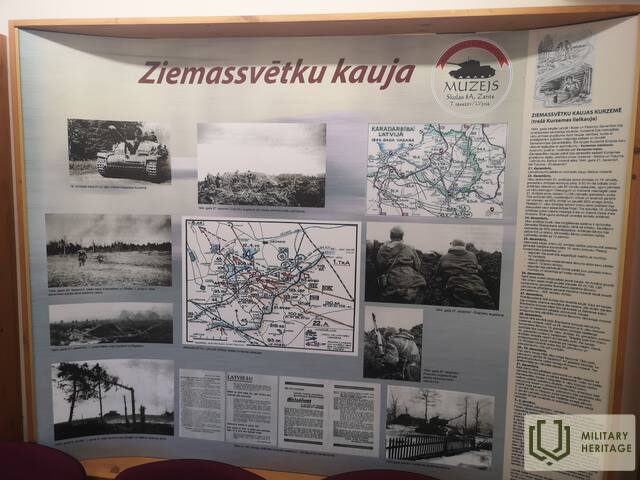
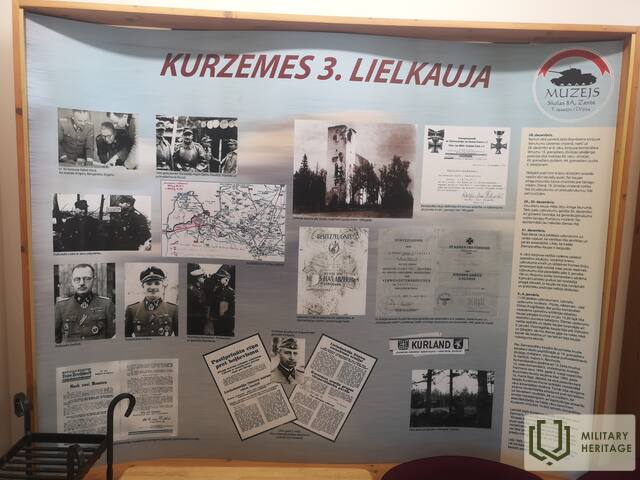
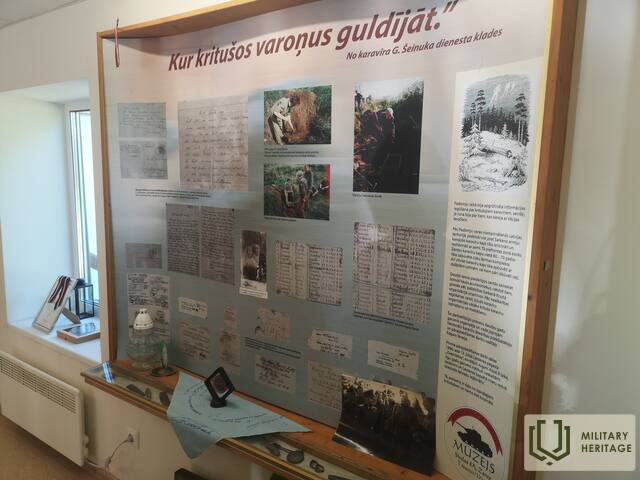
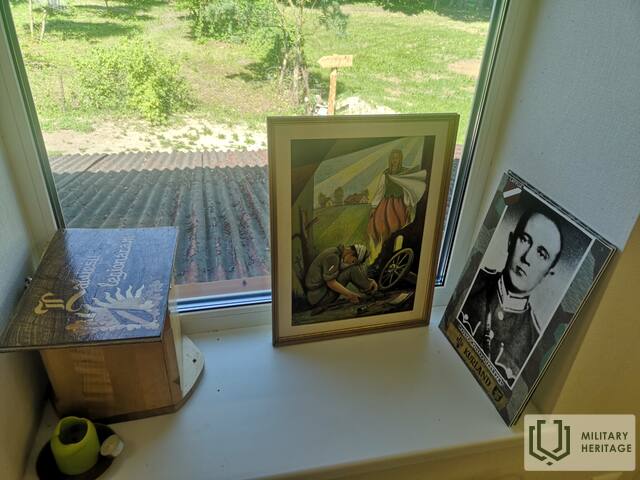
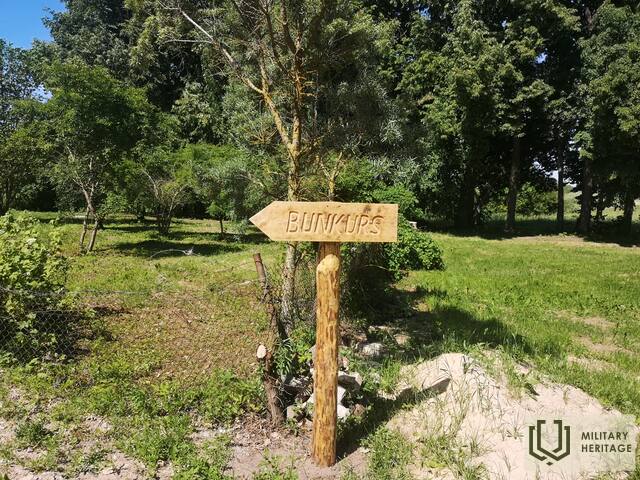
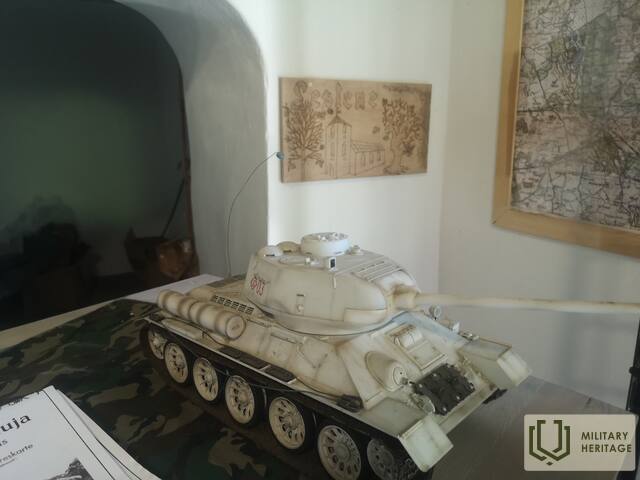
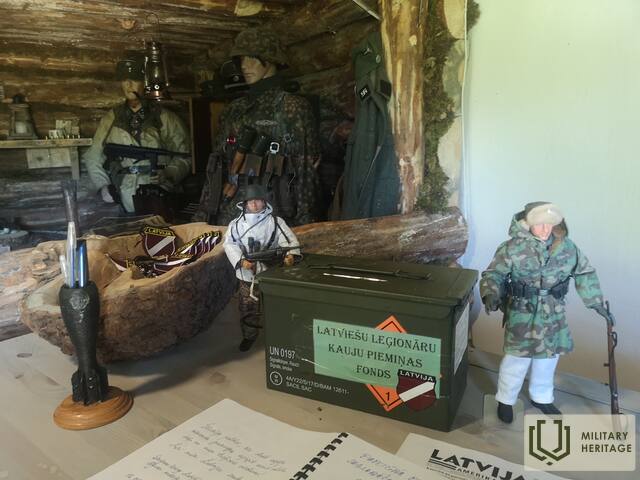
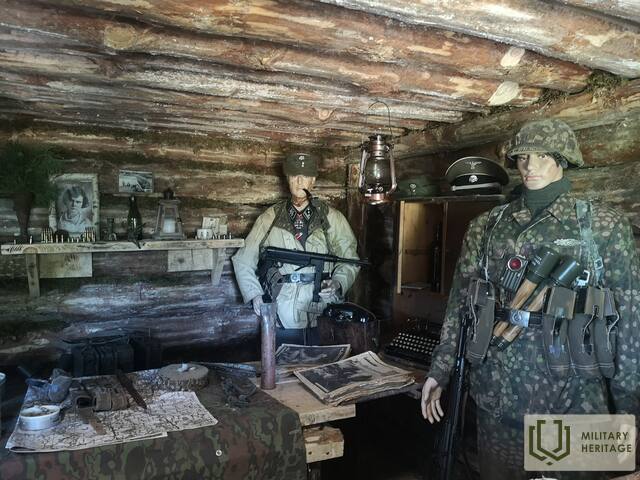
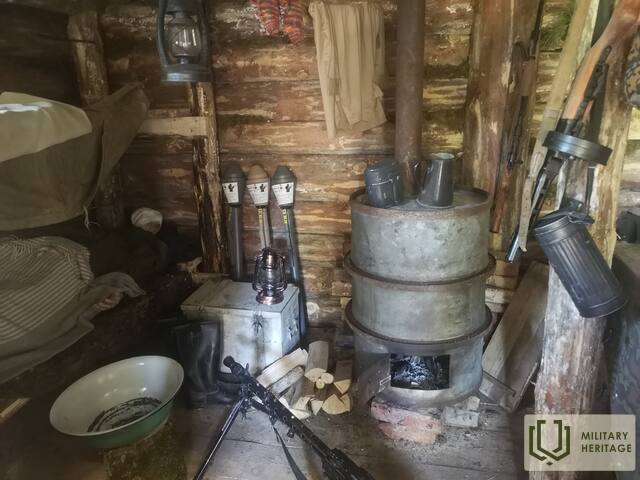
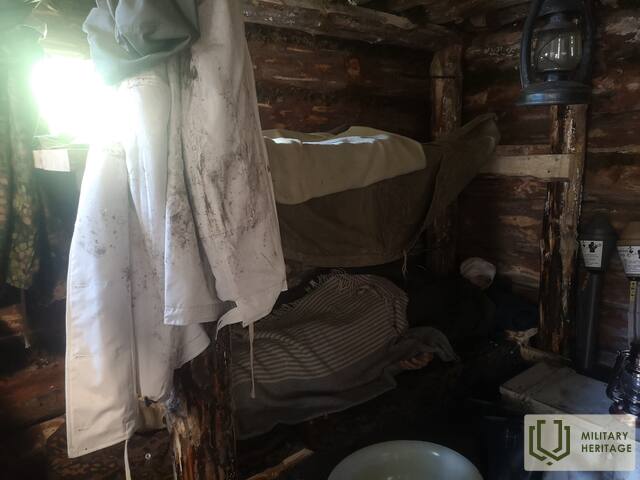
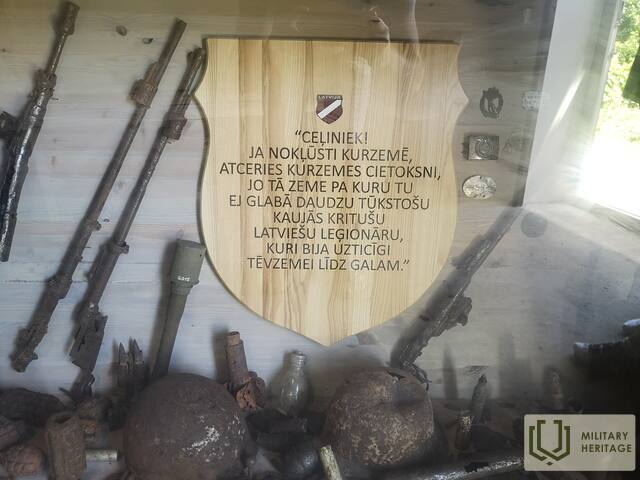
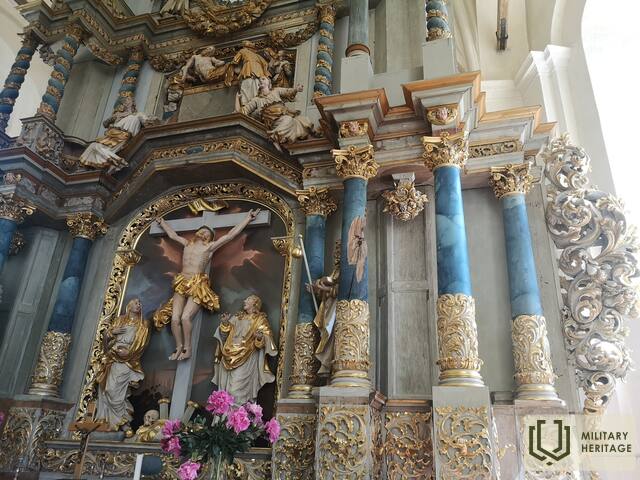











Bunkeris buvo nugriautas, o memorialinis kambarys uždarytas per atstatymą, kuris gali trukti iki 2027 m.